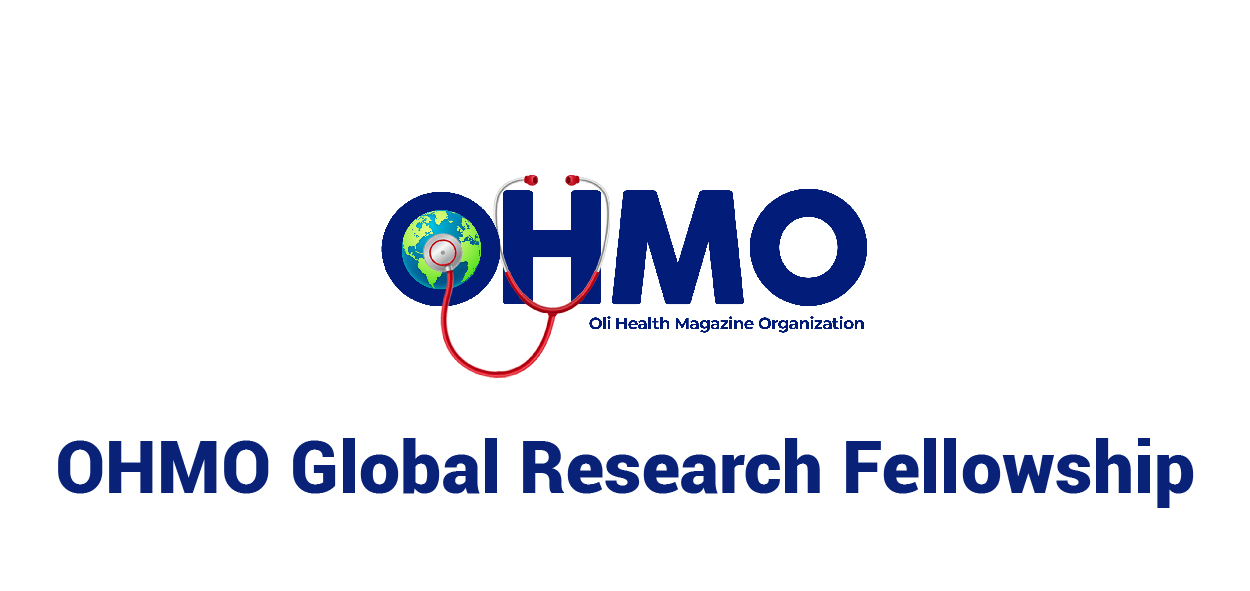Otitis media is an inflammation which may affect the pressure and hearing in the ear. It is more common in certain groups and it is caused by viral infections. [1] Many factors such as smoking of parents, having at least one sibling, low sociocultural living standards, inherited disorders affecting the structure of eustachian tube and working mechanism increase the risk of otitis media. [2], [3]. This article describes how otitis media can be recognized, what should be done when it is noticed, how it can be done and how it can be treated. If otitis media is not treated or if it is delayed in the treatment, it is discussed how it will affect the hearing system.
How otitis media can be diagnosed?
The effect of the adenoid activity after the upper respiratory tract infection has an effect on the immune system. This causes inflammation in the ear by the deterioration of ear ventilation. Therefore, the patients come to the clinic with symptoms such as pain in the ear, tinnitus, fullness, hearing loss.[3].[4].
How it is treated?
The treatment of these symptoms is a wait-and-see approach. Infections causing bacteria are eliminated and controlled regularly by increasing antimicrobial resistance. [5]
The treatment methods used in cases of recurrent otitis media are myringotomy*, adenoidectomy*, ventilation tube*.
If It is not treated how it will affect the hearing system?
When otitis media becomes chronic, there is no effect on the ear and tinnitus. But due to chronic inflammation, the eardrum can be perforated, and auditory deprivation may occur with the loss of hearing.
Description of some concepts:
Myringotomy*: Myringotomy is a surgical procedure of the eardrum or tympanic membrane.
Adenoidectomy*:Adenoidectomy is the surgical procedure in which the adenoids are removed.
Ventilation tube*:An ear ventilation tube (or vent tube) is a very small tube that’s placed in the eardrum.
References:
[1].Pelton SI (2005) Otitis media: re-evaluation of diagnosis and treatment in the era of antimicrobial resistance, pneumococcal conjugate vaccine, and evolving morbidity. Pediatr Clin North Am 52:711–728
[2].Teele DW, Klein JO, Chase C, Menyuk P, Rosner BA, the Greater Boston Otitis Media Study Group. Otitis media in infancy and intellectual ability, school achievement, speech, and language at age 7 years. J Infect Dis 1990; 162:685-94.
[3].Robb, P. J., & Williamson, I. (2012).Otitis media with effusion in children: current management. Paediatrics and Child Health, 22(1), 9–12.
[4].Bauchner H, Marchant CD, Bisbee A, Heeren T, Wang B, McCabe M, Pelton S, Boston-Based Pediatric Research Group (2006) Effectiveness of Centers for Disease Control and Prevention recommendations for outcomes of acute otitis media. Pediatrics 117:1009–1017
[5].Bingen, E., Cohen, R., Jourenkova, N., & Gehanno, P. (2005). EPIDEMIOLOGIC STUDY OF CONJUNCTIVITIS-OTITIS SYNDROME. The Pediatric Infectious Disease Journal, 24(8), 731–732.
Written by VUSLAT YAVUZ , an Audiology Student at Bezmialem Vak�f University Year4 –Turkey.




3 Comments
Gabriel De Sant
24 February 2019 22:07Emmanuel Sinday
24 February 2019 22:36Emmanuel Sinday
24 February 2019 22:37